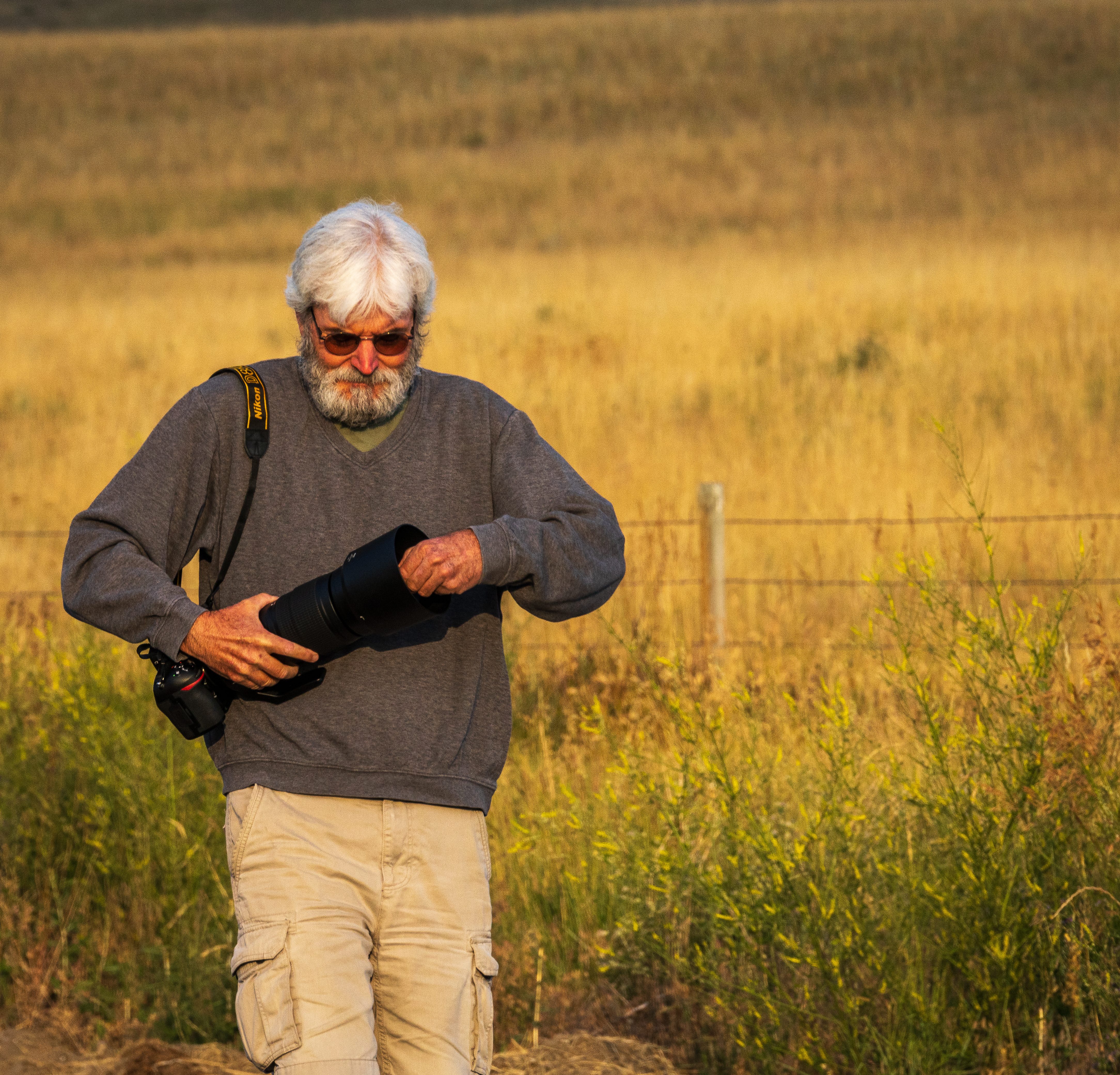In the front yard of The Homestead there is an agave plant. Actually, there are quite a few agave plants, but this one is the biggest and the oldest. Between May and June, it grew a stalk. The stalk must be at least fifteen feet tall. Between June and July, the stalk sprouted multiple pods, each with multiple buds of flowers. This whole arrangement — stalk, pods (which may or may not be called a bract), and flowers are called inflorescence. The bad news is that this represents the plant shooting its wad, so to speak, just before its demise. It’s getting ready to die. The good news is that the old agave plant’s inflorescence attracts a multitude of animals.
Agave Flowers
Insects attracted to the flowers include honeybees and bumblebees. The bumblebees are likely Sonoran bumble bees (Bombus sonorus). According to the literature, bumblebees nest in the ground in rodent holes or similar burrows. In the last couple of decades the bumblebee population has declined dramatically. There are multiple potential explanations for the decline, but it does suggest that you keep some bare patches of soil, along with any rodent holes, in your yard.
Bumblebee and agave flowers
Another bee species spotted is the carpenter bee. They are about the same size as bumblebees, but their abdomen is shiny black. They get their name because they burrow into wood, where they excavate their elaborate nests. Bumblebees and carpenter bees are the largest bees in North America.
Carpenter bee
Among other pollinators feasting at the agave flowers are hummingbirds. Sierra Vista is known as the Hummingbird Capital of Arizona. There are 15 species that call Sierra Vista home for at least part of the year. I’m no ornithologist and, for the most part, all the hummingbirds look alike to me, but they are fun to photograph.
Black-chinned hummingbird (I think)
The most colorful animal at the agave’s inflorescence is the hooded oriole. Here are some cool facts about hooded oriole: In Arizona they mimic Gila woodpeckers and ash-throated flycatchers. You may recognize them by their distinctive “chatter.” They are members of the blackbird family. Most hooded orioles are migratory, spending winters south of the border and flying north early in the spring and leaving later in summer. Some hooded orioles, however, are homeguard. They stay in the southwestern U.S. year-round. They like to nest in palm trees, and they are attracted to hummingbird feeders. They also, evidently, like agave flowers.
Hooded oriole (male)
An honorable mention for most colorful goes to the northern cardinal. Its scoring is knocked down a tad, because, despite the male’s red color, it is not as colorful as the hooded oriole. Also, technically, it was not on the agave’s inflorescence. But, male and female of the species were spotted near the agave plant.
Northern cardinal (male)
Cactus wrens are also attracted to the agave. The cactus wren is the state bird of Arizona. They are bold and inquisitive. Their feathers are brown and tan speckles and stripes. They are similar in size to a house finch, but with a long, pointy beak. Surprisingly — yes, sarcasm — they like to live in the desert among cacti.
Cactus wren
Also spotted at the agave, but it seems to be more of a ground-dweller, is the curve-billed thrasher. This bird is similar in size to the mockingbird, with a bill slightly more curved than the mocker’s; its feathers are a more uniform brown and tan. I mostly see curve-billed thrashers jabbing their beaks into the dirt, evidently seeking insects. Almost all the photos I have show dirt on their beaks. The curve-billed thrasher’s call sounds like someone whistling for a cab.
Curve-billed thrasher
Spotted once on the agave stalk and then later near the smaller, younger agaves was the Gila woodpecker. One day I saw one on the agave stalk, but it bolted before I could get a decent photo. Later one was poking around the smaller agave amongst the gravel in the front yard. Gila woodpeckers excavate holes in Saguaro cactus, and that is where they nest. When they are done, the nests become homes for owls, cactus wrens, and other birds.
Gila woodpecker
Well, it is sad to learn that the old agave may be toast. All the birds and insects it attracts, though, soften the blow. Anyway, on the south side of The Homestead there is an agave waiting to pick up the mantle. And the light there is better for photography.
Agave


Sad to hear the agave puts on such a glorious show and treats for the birds & bees…then dies. I had no idea 😦
LikeLiked by 2 people